Proprioceptive input refers to our sense of body position and self-movement and is guided by neurons in our body called proprioceptors. Some people have a more difficult time with proprioception, leading to issues with balance and coordination. Under or overstimulation of the senses can lead to high levels of stress and anxiety, which is why proprioception tools can be helpful for children.
Each of these three sensory-based intervention tips can be customized to meet the needs of your child or classroom.
Tips on Compression and Deep Touch Pressure
Children with sensory processing issues may respond favorably to either weight or pressure. These heavy work or deep pressure inputs help regulate the proprioceptive sense, which in turn helps develop improved body awareness. Also, the additional weight or pressure applied to the body may help with calming and organizing so the child can better attend to tasks, maintain more appropriate behaviors, and avoid meltdowns.
Some children may need the pressure applied for longer steady intervals (a pressure vest), while others respond to interval deep pressure input (weighted vest) with on and off periods. Every child’s sensory system is unique, so be sure to collaborate with your child’s occupational or physical therapist to help find the right combination to “weigh me down or hold me tight!”
In addition to compression and deep touch pressure, vibroacoustic input may be a good sensory tool to help induce relaxation, calm restless behavior, and reduce anxiety and stress. These are also effective solutions for children with visual, hearing, and/or cognitive impairments.
Tips on Heavy Work Input
Crawling is an amazing developmental activity that translates into all kinds of success.
- Calms by activating heavy-work receptors in the muscles and joints
- Calms by building muscles that help breathing
- Helps children sit in chairs by building back and stomach muscles
- Improves handwriting by developing shoulder, arm, and wrist stability
- Develops fine motor coordination as it builds the arches of the hand
- Builds visual tracking skills by refocusing from near to far
Weighted balls, often called medicine balls, can provide plenty of deep touch pressure (proprioceptive) input, which may help the sensory system to calm and organize. Great as a transition tool to and from PE, too!
Tips on Fine Motor and Handwriting Skills
After a deep touch pressure or heavy work sensory break with tunnel fun or other activities, introduce a fine motor task like handwriting.
Many students on the autism spectrum typically don’t like to hold/work with standard writing tools. Have students warm up their hands practicing shapes and letters with our Squiggle Wiggle Writer. It vibrates gently, giving needed proprioceptive input to the muscles and joints of the hand. Once warmed up, transition them to a crayon, pencil, or pen to continue.

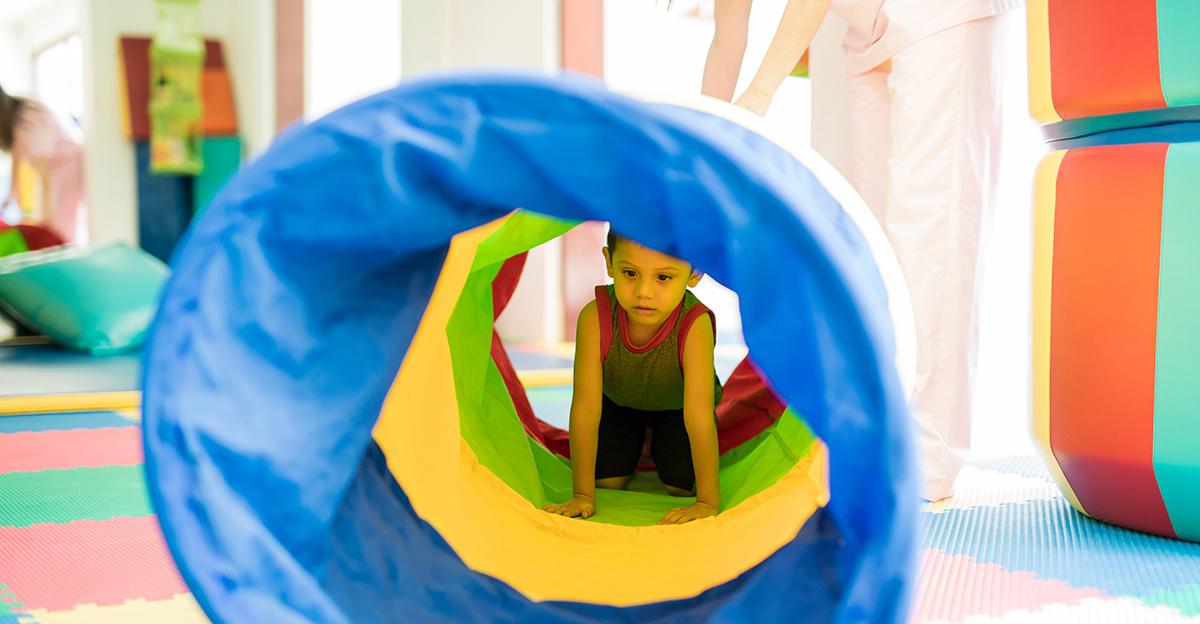
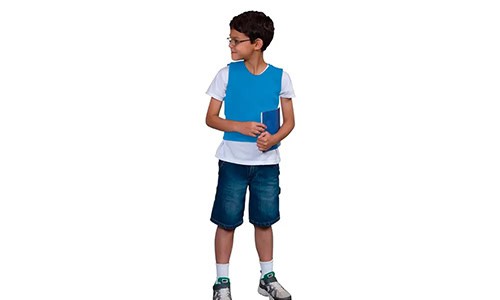
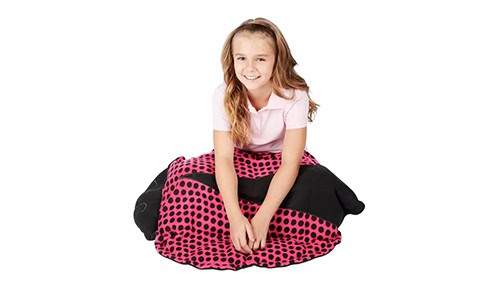
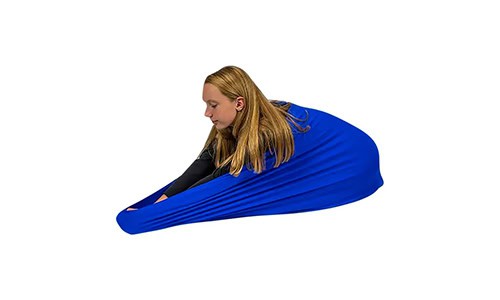
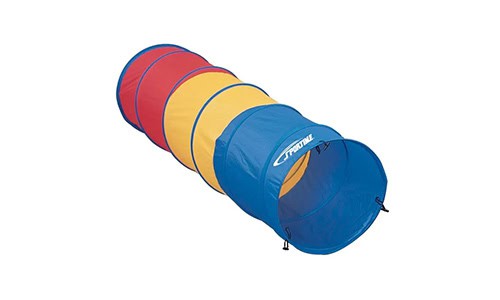
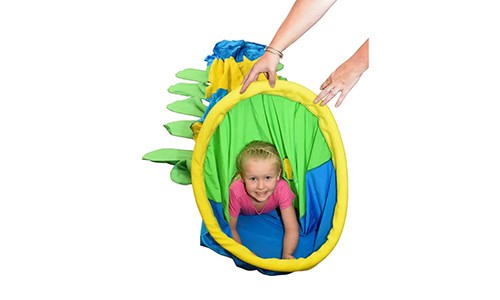
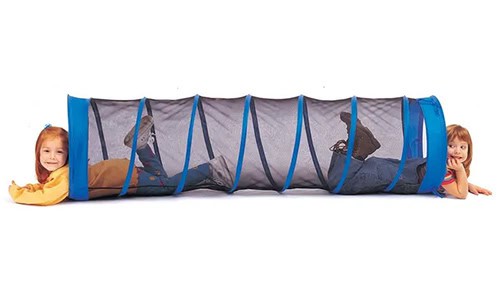




Leave a Reply